Fabienne Verdier: the painter reimagining Cézanne country
For a decade, Fabienne Verdier lived in China studying under Huang Yuan, a Sichuanese calligraphy master and landscape painter. Now, back in her native France, the abstract artist is following in the footsteps of another master as three leading institutions in Aix-en-Provence open major exhibitions tracing her journey, from a nomadic artist’s workshop to paintings recently created in the landscape immortalised by Cézanne
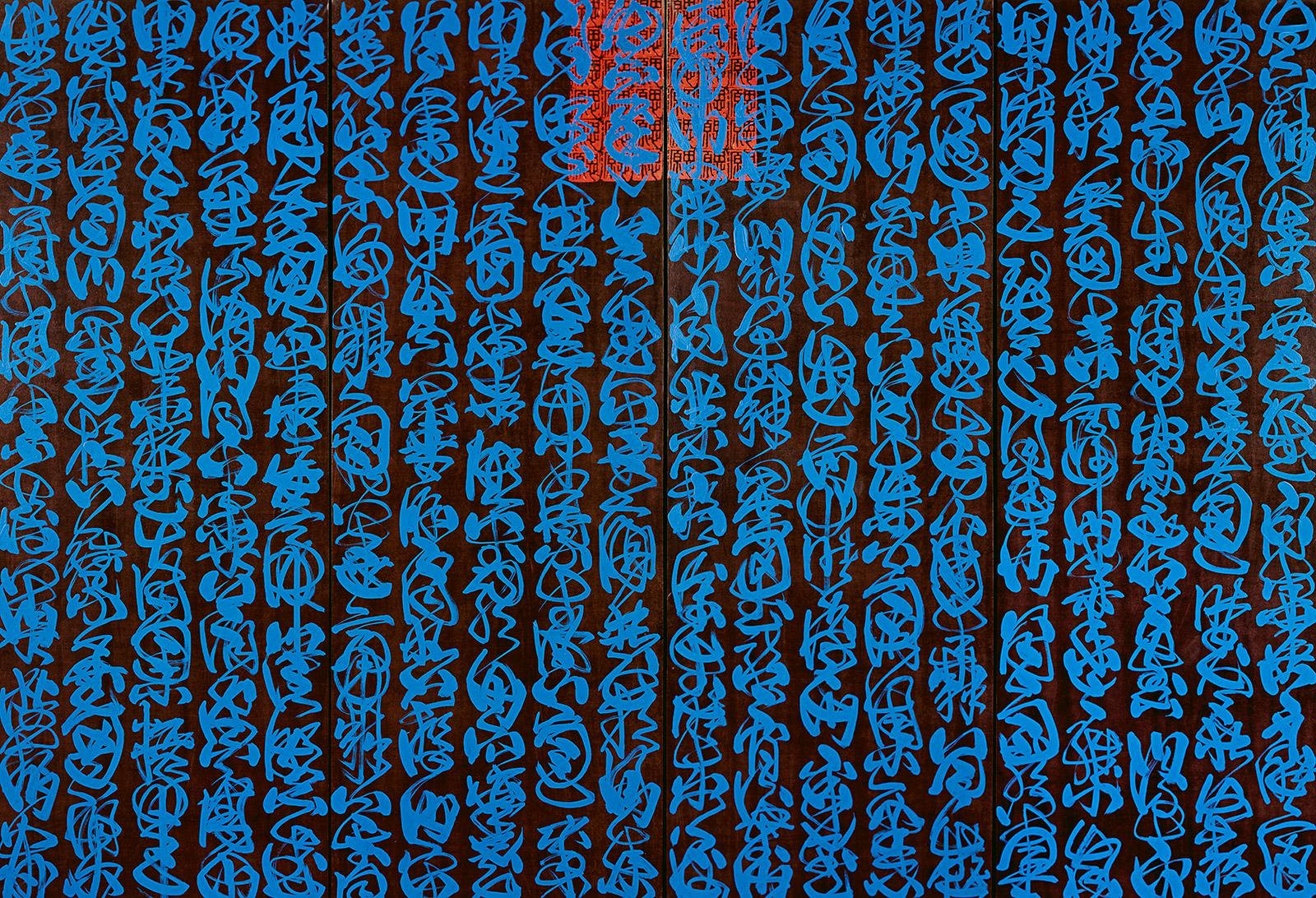
Walking through Aix-en-Provence, it’s easy to see why Paul Cézanne painted the landscapes that surround this medieval French city so obsessively. The city’s most famous son painted Provence landscapes as if driven by internal demons. In doing so, he revolutionised the ideals of perspective that had held sway since the Renaissance. It was eventually the death of him. In October 1906, Cézanne was caught in a storm while working en plein air. With the painting nearing completion, he carried on working for a further two hours. He collapsed on the way home, was carried to his bed by a passing stranger, and died of pneumonia less than a week later.
From a vantage point in the Saint-Pierre cemetery where he is buried, visible just a few miles east of the city, lies the Sainte-Victoire mountain range. These are Cézanne’s mountains: they’re lush yet rugged, both fertile and barren. As the day grows old the light can change momentarily as it passes the mountain face, from cruel and hard to ethereal and light. Painting this, giving the mountain depth and shape in a way that seems to alter depending on which angle you look at the canvas, gave birth to Cézanne’s now iconic maxim: ‘To treat nature by the cylinder, the sphere, the cone’.
Cézanne would occasionally paint with just a palette knife, a technique he had developed during his Dark Period in Paris. The Eblish artist Lawrence Gowing has written that Cézanne’s palette knife phase ‘was not only the invention of modern expressionism, although it was incidentally that; the idea of art as emotional ejaculation made its first appearance at this moment’.

Fabienne Verdier painting in front of Mont Sainte-Victoire.
Mont Sainte-Victoire opened the door to post-impressionism, and, from there, abstract expressionism. It’s fitting, then, that one of France’s leading contemporary abstract expressionists, and a proud citizen of Aix-en-Provence, is sharing a gallery with Cézanne’s pioneering paintings. Yet Fabienne Verdier’s rendering of the Sainte-Victoire landscape has pushed forward the artistic language of landscape once again. For it’s a language of the globalist age, one rooted in the dedicated study of an artistic culture far from her own.
Verdier was born in Paris in 1962. As a student, she studied Chinese at Paris’ Institut National des Langues et Civilisation Orientales. Yet she grew dissatisfied with the narrow prism of exposure the school provided to Chinese art. In 1985, at the age of 22, she journeyed alone to China – ‘I was the first French artist to do,’ she says over lunch in a courtyard in Aix-en-Provence. She intended to stay for a month, but remained in China for more than ten years, up to and beyond the Tiananmen Square massacre.
Verdier initially studied at the Sichuan Fine Arts Institute in Chongqing, before becoming an apprentice to Huang Yuan, a Sichuanese master artist. Huang Yuan, she says, ignored her for much of her apprenticeship. Each evening, she would lay her efforts outside the door of his home. He would never acknowledge her, nor provide any feedback. But Verdier was told by a fellow student that, after dark, he would take her paintings from the doorstep and study them at night.


From top, L’Un (Créé le jour de la mort de Rostropovitch, le 27 Avril 2007, en hommage), 2007, and Paysage du flux, 2007, by Fabienne Verdier, acrylic and mixed media on canvas. Fondation Hubert Looser, Zurich.
After six months, he brought her into the fold, teaching her the ancient and classical art of calligraphy. Each character in the Chinese alphabet requires a single stroke – what she calls a ‘trait’ – which translates in French as ‘a line drawn’. Mastering a single line, imbuing it with an expressive and multivalent power, has become a life’s obsession for Verdier.
Huang Yuan impressed upon her that Chinese calligraphy is a form of abstraction founded in nature. She learnt, therefore, to make time for a ‘daily meditation within the landscape’. Today, this link with nature remains fundamental: ‘If I paint a tree, I become the tree,’ Verdier says. ‘I become the sea with its tides.’
In 1993, Verdier returned to France. Living in China, far from home, had taken its toll. She had developed an illness, meaning she weighed just 30kg when she returned. ‘All my life I have been on a line above the void, between two worlds,’ Verdier writes in the exhibition publication of her work. ‘It is very difficult, the to and fro. You are obliged to gather your forces, because every time you cross from one side to the other, you question everything you thought you believed – and you find a self you did not know.’

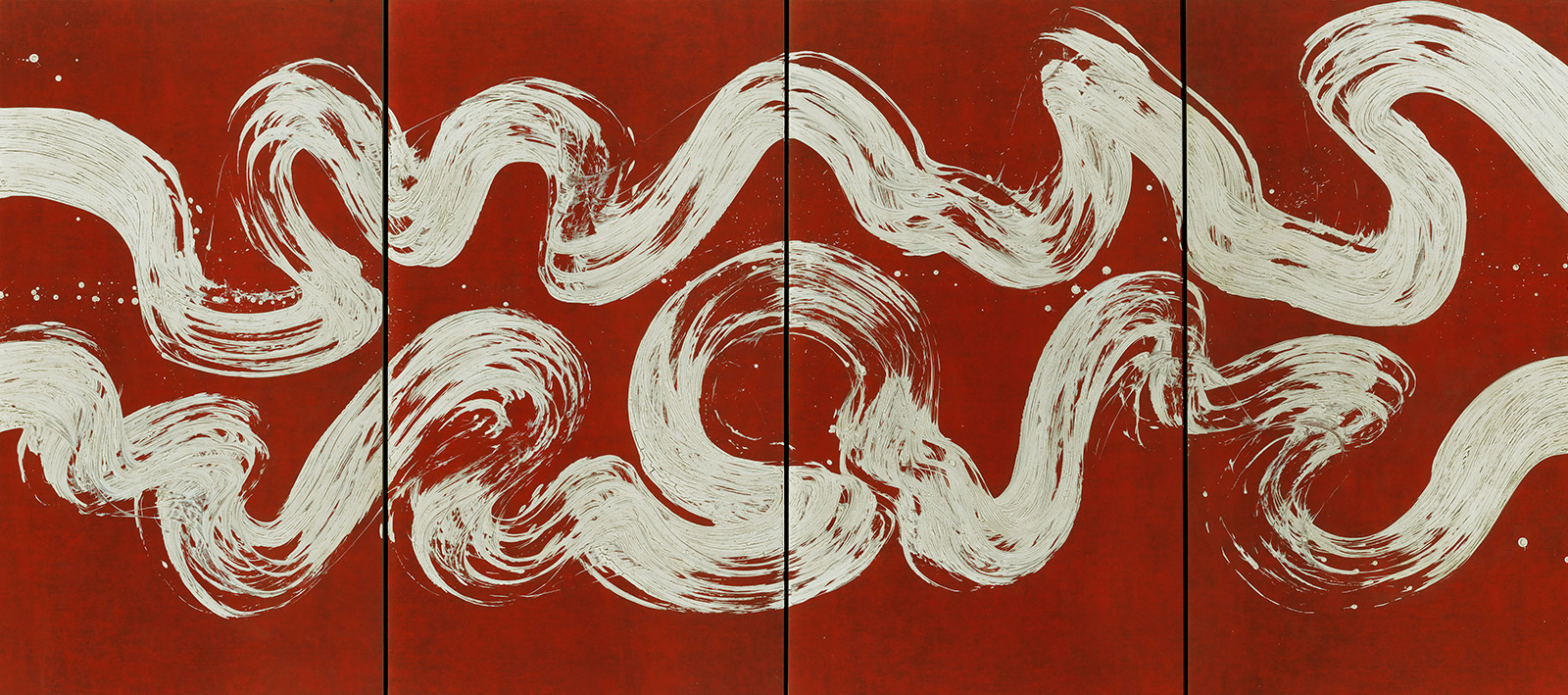
From top, Montagne Sainte-Victoire, 2018, and « Margareta I ». La pensée labyrinthique. D’après le Portrait de Margareta de Jan van Eyck (1436), 2011, by Fabienne Verdier, acrylic on canvas. © Adagp, Paris, 2019
Once back in France, in a hamlet in the Val-d’Oise, Verdier began to develop her unique practice, combining the transformation of Chinese brushes with Western acrylic pigments and varnishes. She learnt to lay the paper on the ground, using the brush vertically with ink and brush subject to gravity. Over time, she developed vast brushes composed of dozens of horsetails and suspended from the ceiling of her studio.
When laden with paint, the brush is so heavy that Verdier had to attach the handlebars from an old bicycle in order to retain control of the passage of the ‘trait’ across the canvas, in what is, on surface, a style of painting redolent of Jackson Pollock and ‘action’ painting, but, infact, is a process of monumentalism, a way of making large the classical processes she learnt in Sichuan.
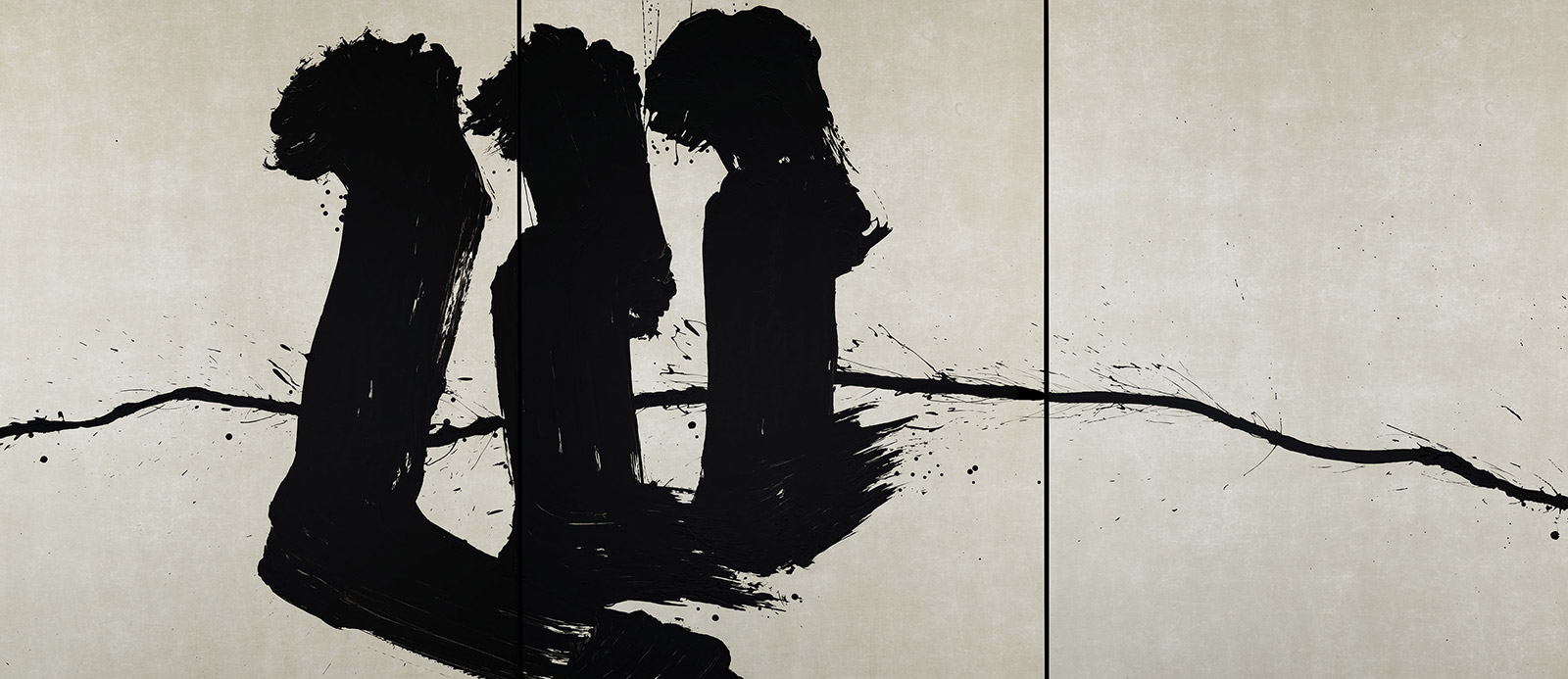
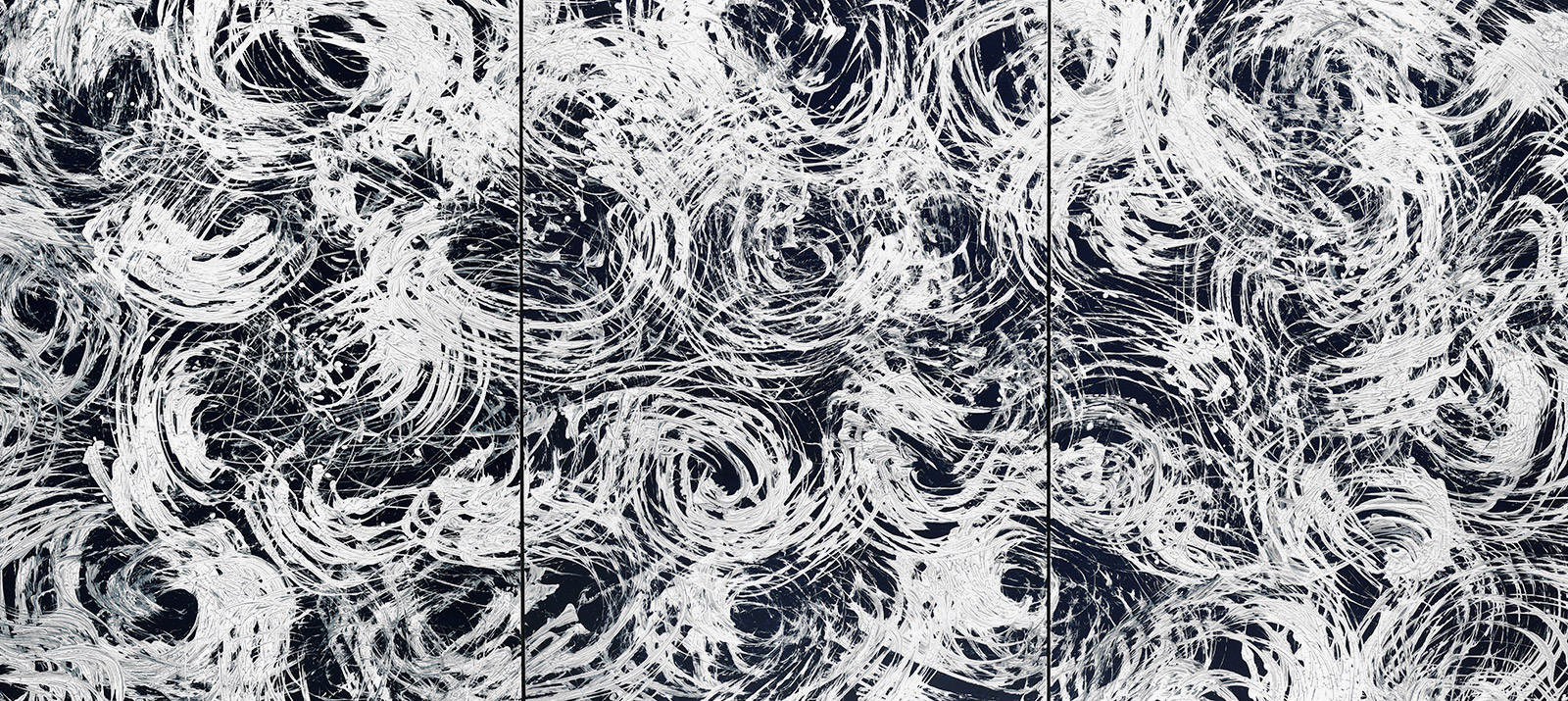
From top, Lignes de dévotion. « Barbara et ses filles en prière ». D’après Le Triptyque Moreel de Hans Memling (1484), 2012, and Vide Vibration n°4, 2017, by Fabienne Verdier, acrylic and mixed media on canvas.
Verdier’s retrospective, which takes place across multiple gallery spaces – Musée Granet, Musée du Pavillon de Vendôme and the Cité du Livre, Galerie Zola – shows works from her early experiments in calligraphy right through to her most recent engagements as a resident of the surrounding landscapes, the Provence mountains, skies and rivers that so fascinated Cézanne. Captured in a single trait, these abstract works evoke their surroundings not through literal representation but through the patterns of energy they express.
‘As you come close,’ writes the critic Emma Crichton-Miller of Verdier’s new exhibition, ‘the bounding, rhythmic strokes of paint themselves become landscapes, three-dimensional terrains marked with uplands and lowlands, thickenings and vanishings, marked by fissures and erosions.’ One imagines the old master of Aix-En-Provence, buried not far away, would approve.

Suite provençale 2 – en hommage à Darius Milhaud, 2015, by Fabienne Verdier, acrylic and mixed media on canvas.
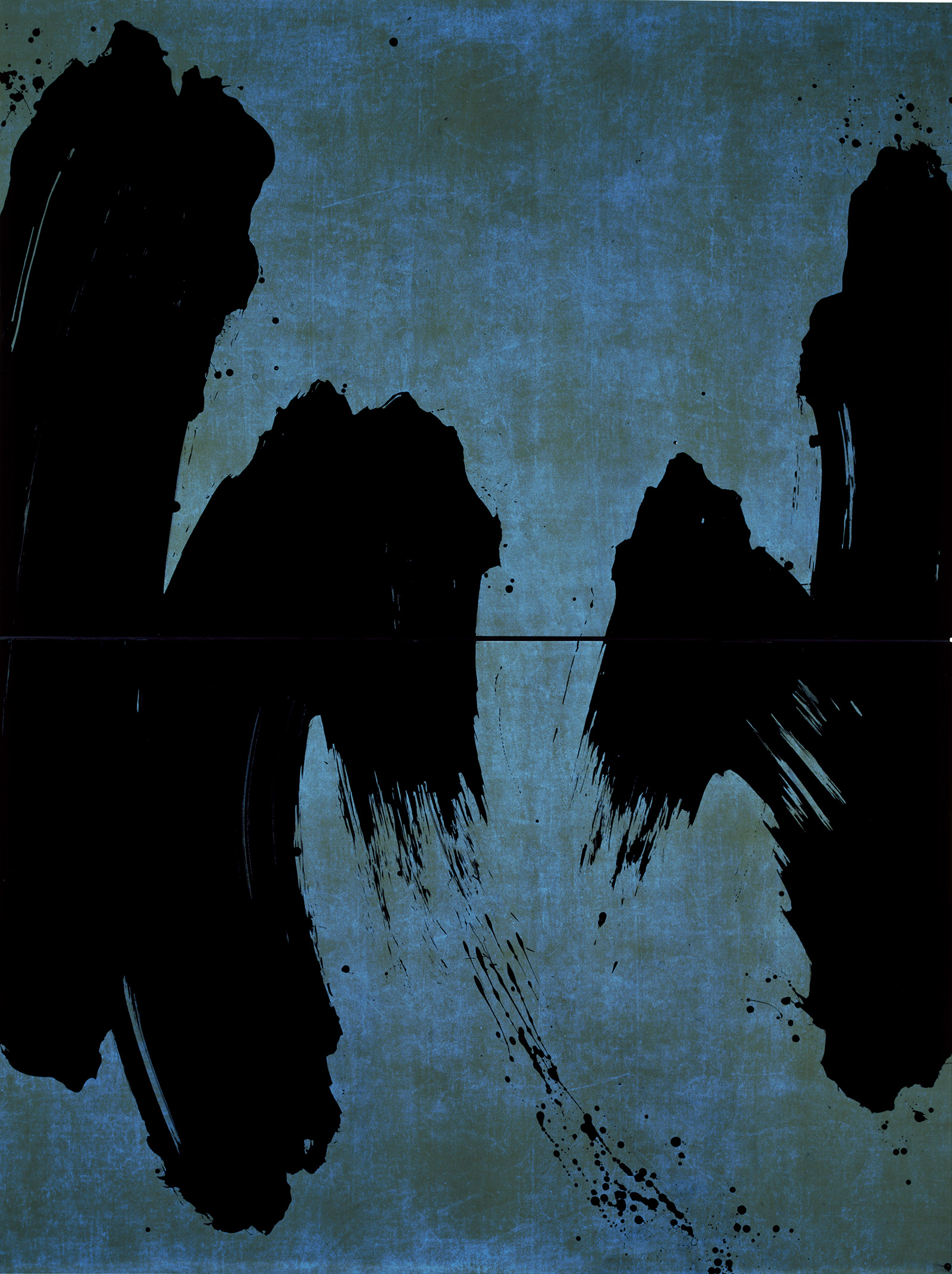
Paysage de l’Oberland à la tombée du jour II, 2008, by Fabienne Verdier, acrylic and mixed media on canvas.
INFORMATION
‘Sur les terres de Cézanne’, 21 June – 13 October, Musée Granet. ‘L’Atelier Nomade’, 21 June – 13 October, Musée du Pavillon de Vendôme. Sound Traces, 21 June – 14 September, Cité du Livre. museegranet-aixenprovence.fr; aixenprovence.fr; citedulivre-aix.com
Receive our daily digest of inspiration, escapism and design stories from around the world direct to your inbox.
Tom Seymour is an award-winning journalist, lecturer, strategist and curator. Before pursuing his freelance career, he was Senior Editor for CHANEL Arts & Culture. He has also worked at The Art Newspaper, University of the Arts London and the British Journal of Photography and i-D. He has published in print for The Guardian, The Observer, The New York Times, The Financial Times and Telegraph among others. He won Writer of the Year in 2020 and Specialist Writer of the Year in 2019 and 2021 at the PPA Awards for his work with The Royal Photographic Society. In 2017, Tom worked with Sian Davey to co-create Together, an amalgam of photography and writing which exhibited at London’s National Portrait Gallery.
-
 Dublin-based designer Cara Campos turns abandoned bicycles into sleekly minimal furniture pieces
Dublin-based designer Cara Campos turns abandoned bicycles into sleekly minimal furniture piecesWallpaper* Future Icons: Saudi-raised Irish/French designer Cara Campos' creative approach is rooted in reuse, construction and the lives of objects
-
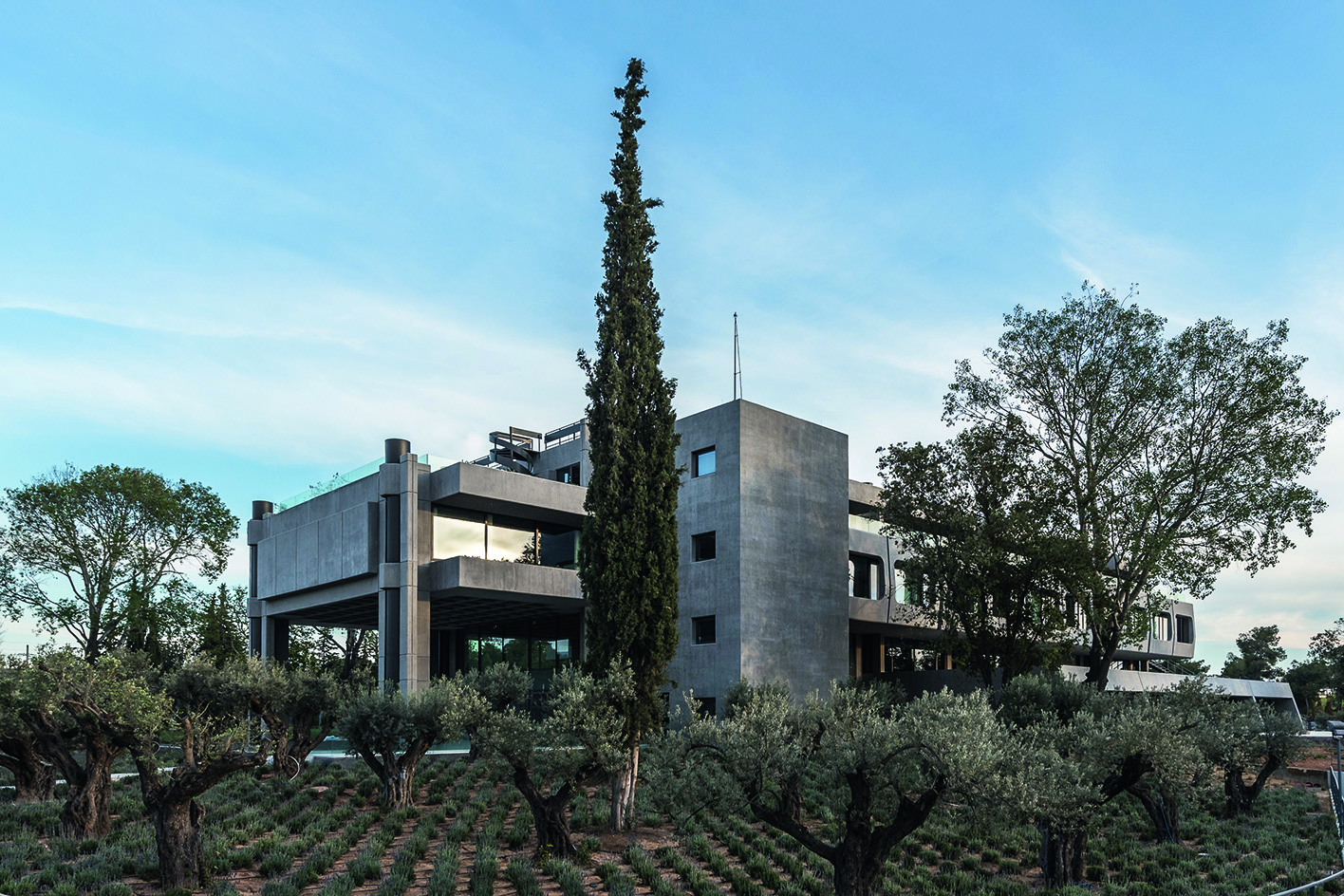 A Greek brutalist gem wows with its reimagining in Athens
A Greek brutalist gem wows with its reimagining in AthensAthens architect Georges Batzios squares up to the renovation of a landmark Greek brutalist office block in the capital's suburbs; we revisit a story from the Wallpaper* archive
-
 Modernism for sale: a Norman Jaffe-designed icon on Shelter Island hits the market
Modernism for sale: a Norman Jaffe-designed icon on Shelter Island hits the marketThe Osofsky House epitomised the glamour of high-end 70s modernism on Long Island. Now updated and refurbished, it’s back on the market for the first time in over two decades
-
 This Gustav Klimt painting just became the second most expensive artwork ever sold – it has an incredible backstory
This Gustav Klimt painting just became the second most expensive artwork ever sold – it has an incredible backstorySold by Sotheby’s for a staggering $236.4 million, ‘Portrait of Elisabeth Lederer’ survived Nazi looting and became the key to its subject’s survival
-
 Meet Eva Helene Pade, the emerging artist redefining figurative painting
Meet Eva Helene Pade, the emerging artist redefining figurative paintingPade’s dreamlike figures in a crowd are currently on show at Thaddaeus Ropac London; she tells us about her need ‘to capture movements especially’
-
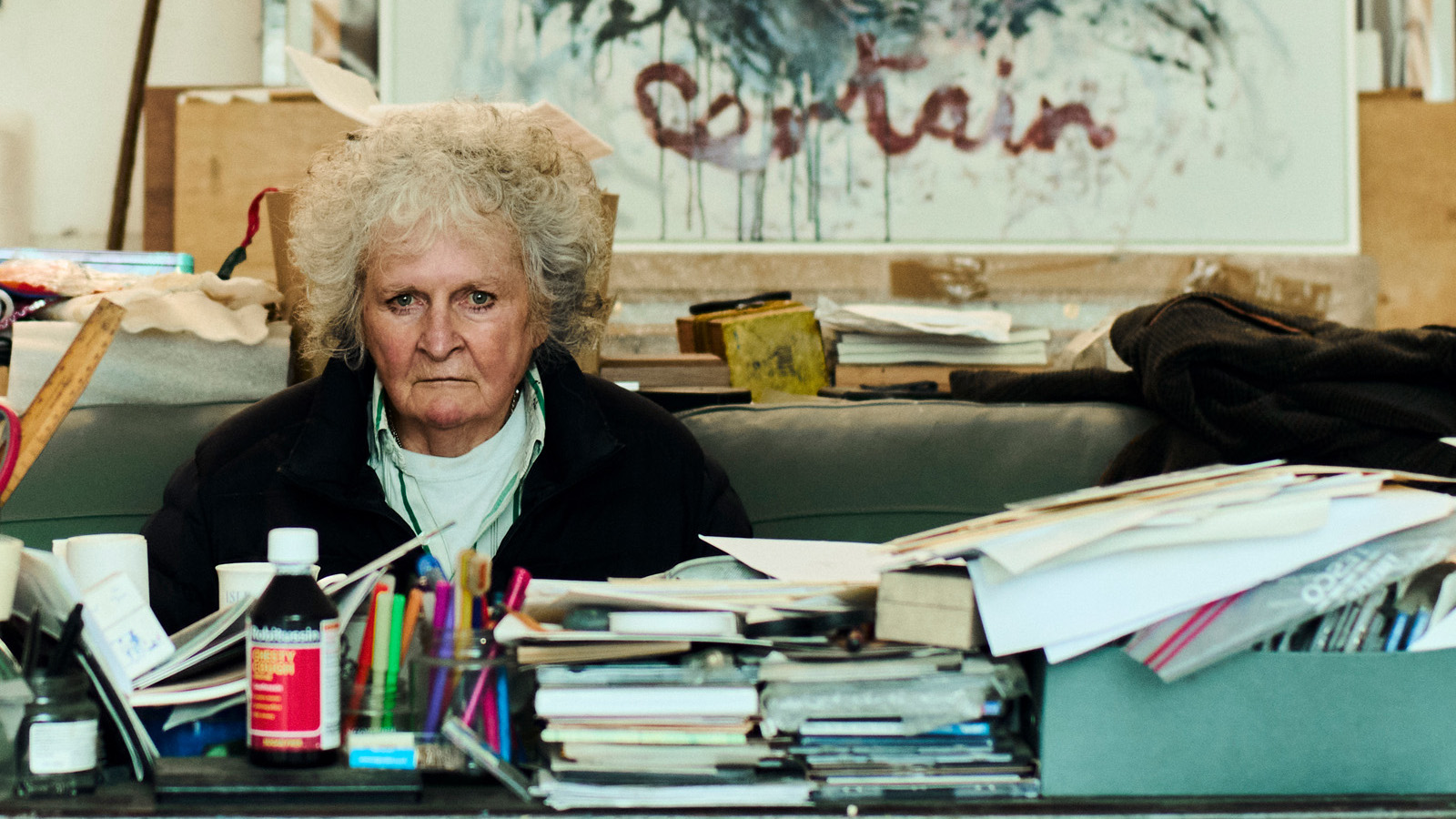 Maggi Hambling at 80: what next?
Maggi Hambling at 80: what next?To mark a significant year, artist Maggi Hambling is unveiling both a joint London exhibition with friend Sarah Lucas and a new Rizzoli monograph. We visit her in the studio
-
 Out of office: The Wallpaper* editors’ picks of the week
Out of office: The Wallpaper* editors’ picks of the weekThis week, the Wallpaper* editors curated a diverse mix of experiences, from meeting diamond entrepreneurs and exploring perfume exhibitions to indulging in the the spectacle of a Middle Eastern Christmas
-
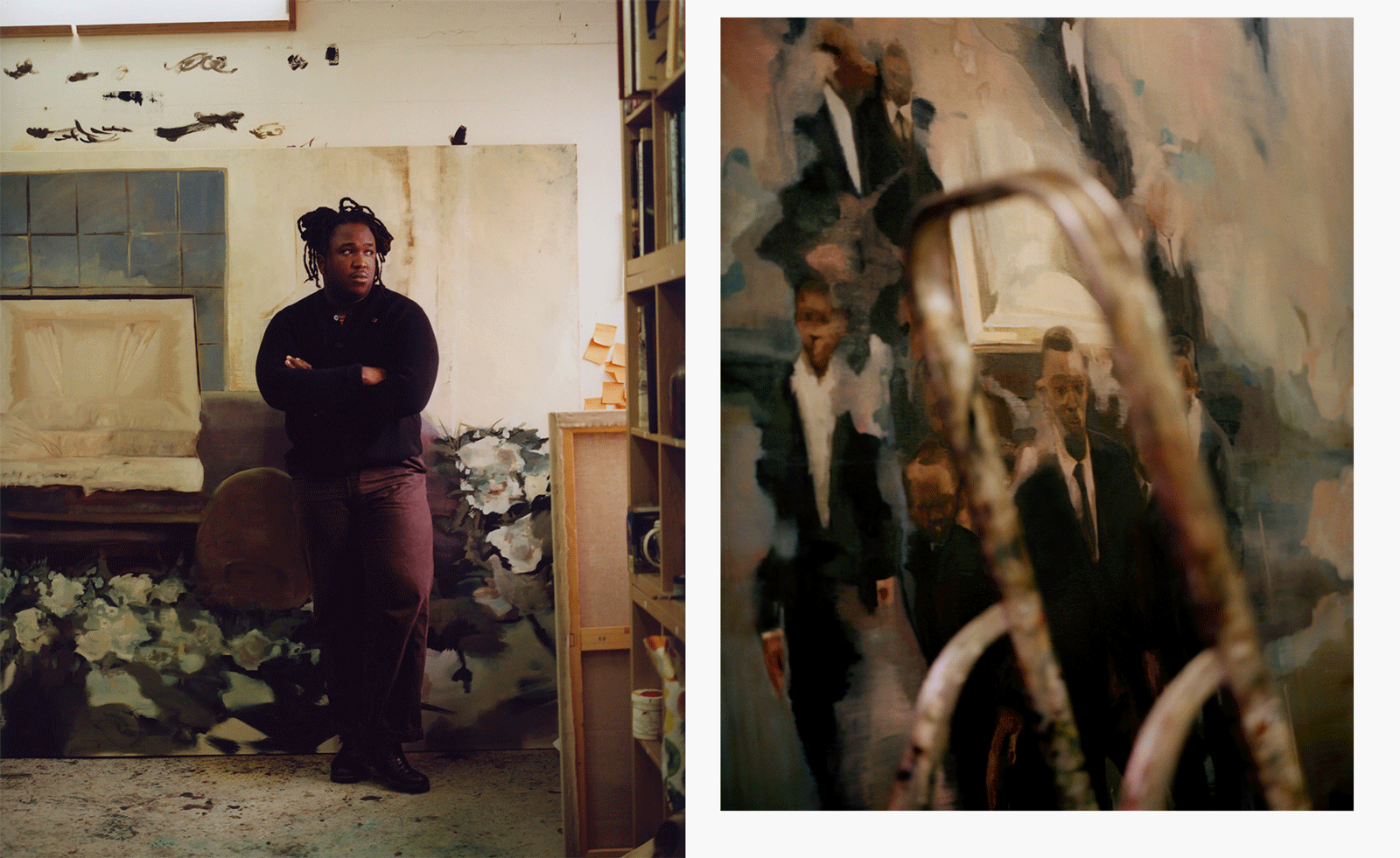 Artist Shaqúelle Whyte is a master of storytelling at Pippy Houldsworth Gallery
Artist Shaqúelle Whyte is a master of storytelling at Pippy Houldsworth GalleryIn his London exhibition ‘Winter Remembers April’, rising artist Whyte offers a glimpse into his interior world
-
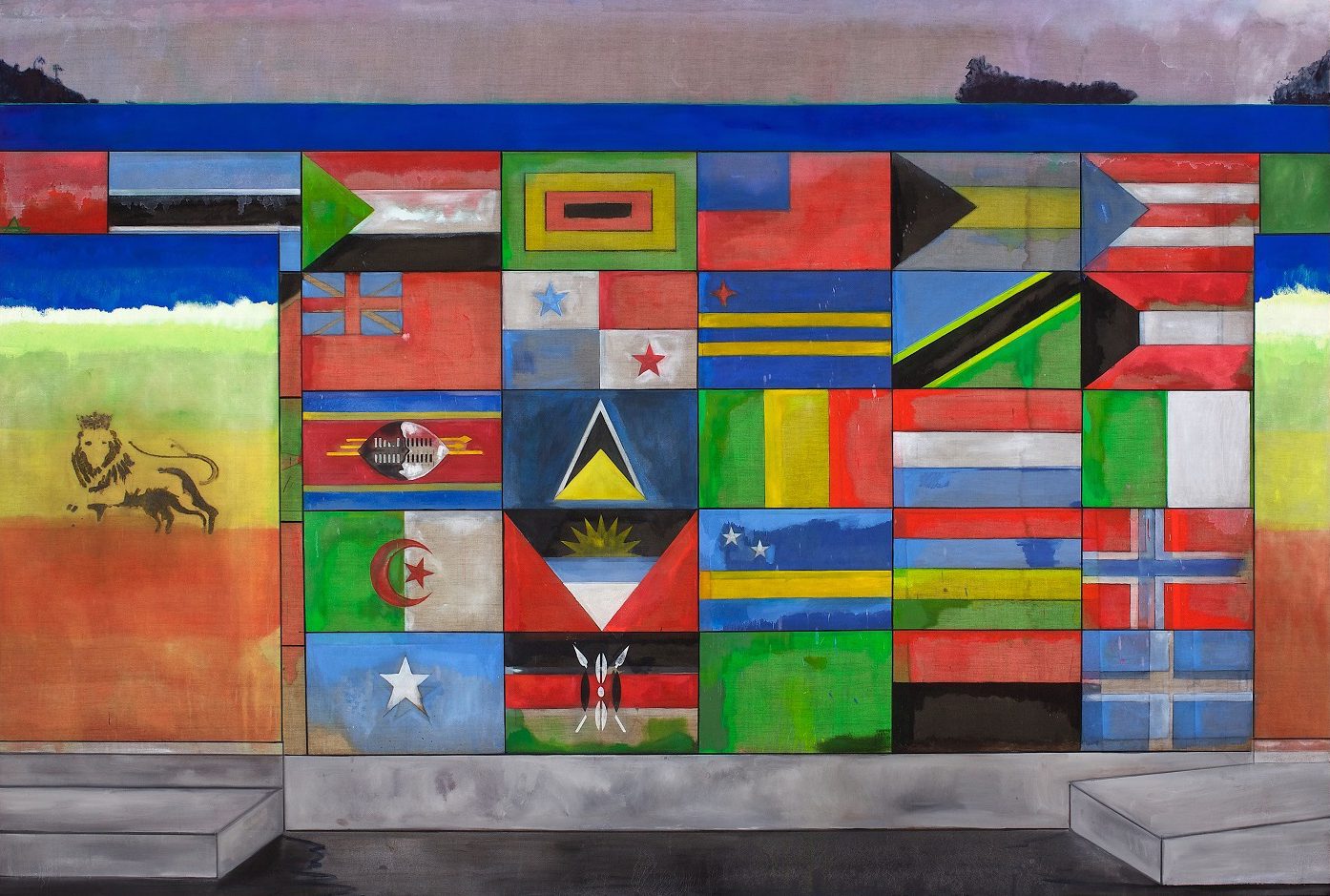 ‘Sit, linger, take a nap’: Peter Doig welcomes visitors to his Serpentine exhibition
‘Sit, linger, take a nap’: Peter Doig welcomes visitors to his Serpentine exhibitionThe artist’s ‘House of Music’ exhibition, at Serpentine Galleries, rethinks the traditional gallery space, bringing in furniture and a vintage sound system
-
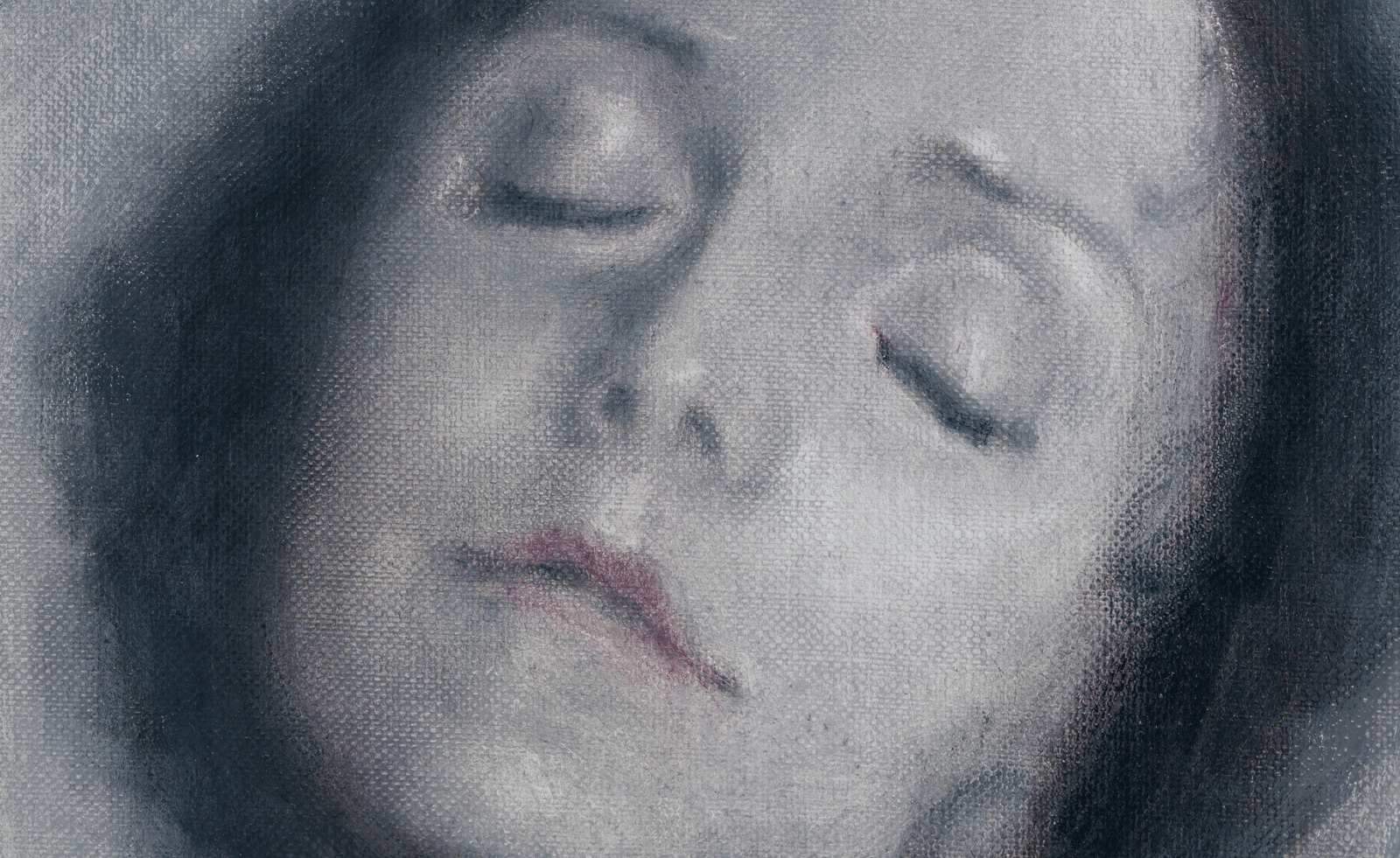 Classic figurative painting is given a glamorous and ghostly aura by Polish artist Łukasz Stokłosa
Classic figurative painting is given a glamorous and ghostly aura by Polish artist Łukasz StokłosaThe gothic meets the glamorous in Stokłosa’s works, currently on show at London’s Rose Easton gallery
-
 What's the story with Henni Alftan’s enigmatic, mysterious paintings? The artist isn’t saying
What's the story with Henni Alftan’s enigmatic, mysterious paintings? The artist isn’t sayingParis-based artist Henni Alftan's familiar yet uncanny works are gloriously restrained. On the eve of a Sprüth Magers exhibition in Berlin, she tells us why